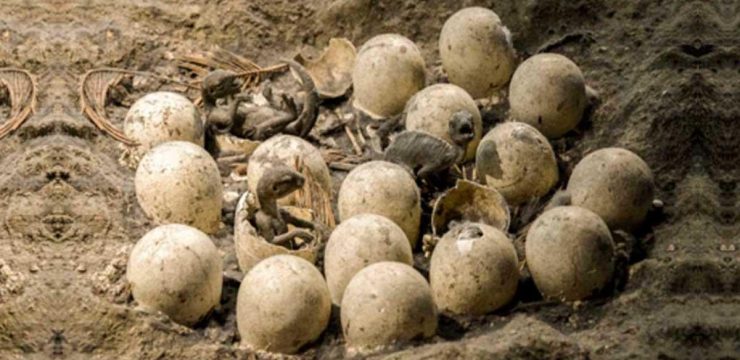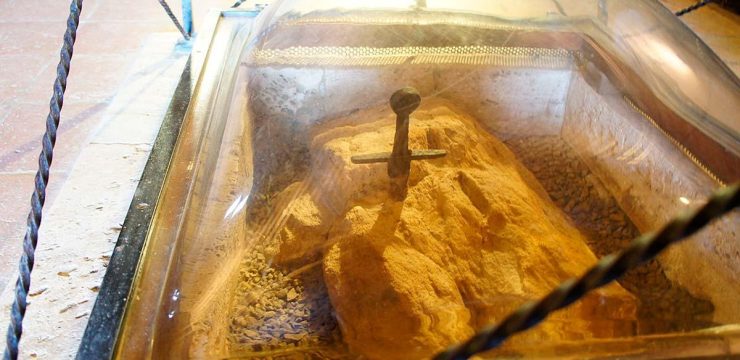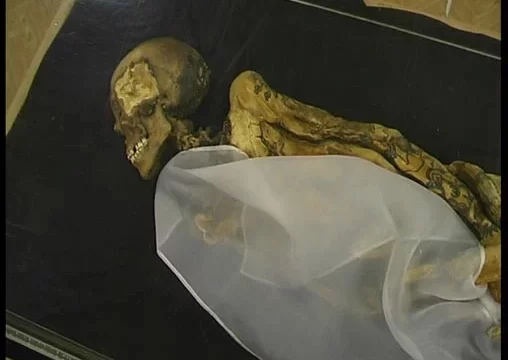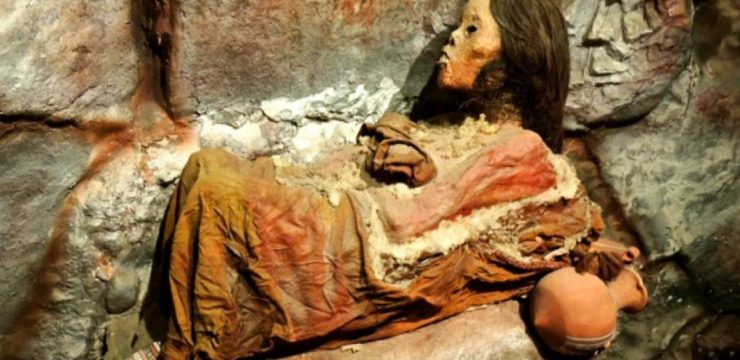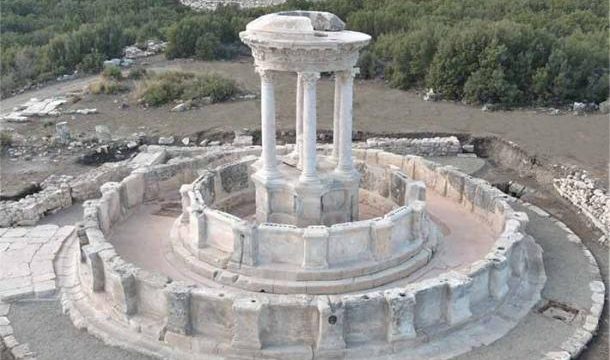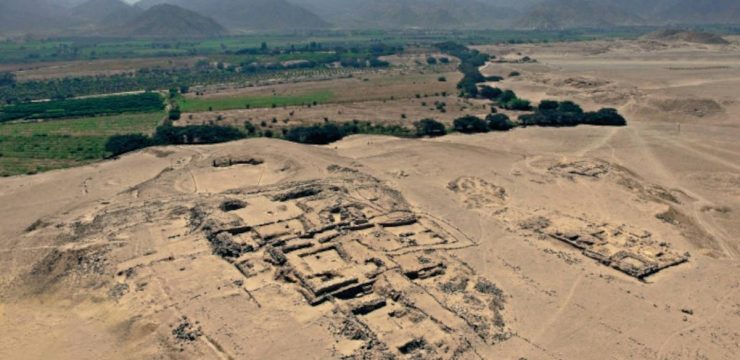In the sun-scorched deserts of southern Peru, hidden within the barren landscape of the Nazca region, lies a site so peculiar and mysterious that it has left archaeologists puzzled for decades. Stretching nearly a kilometer long and about 20 meters wide, this curious formation—known as the “Band of Holes”—features approximately 7,000 small man-made cavities carved into the arid earth. Neatly arranged in straight, linear rows that climb up and down a rocky hillside, these holes have defied easy explanation, sparking a whirlwind of theories and speculation among researchers, historians, and curious minds around the world.

Believed to have been created by the Nazca culture sometime between 100 BC and 800 AD, the Band of Holes is more than just an oddity in the desert—it is a silent, enduring symbol of a civilization that left behind few written records but countless questions. The Nazca people are better known for the giant geoglyphs they etched into the desert floor—massive depictions of animals and shapes only fully visible from the sky—but the Band of Holes offers an equally fascinating and baffling look into their world.
Over the years, scholars have proposed a wide range of possible explanations for this unusual formation. Some believe the holes were part of an agricultural system, perhaps used for planting or for storing food and other resources. The arid environment of the region makes water a precious commodity, so it’s possible that these cavities were designed to capture and conserve rainwater, acting as part of a broader irrigation strategy. Others have suggested that the holes could have served as storage pits for food such as maize, beans, or other crops that needed to be protected from the elements.
Yet, while these utilitarian theories have their merits, other experts have looked beyond the practical and into the spiritual. One compelling idea is that the Band of Holes may have served a ceremonial or ritual purpose. The Nazca culture, like many ancient civilizations, was deeply spiritual. They conducted rituals to honor their gods and ensure the fertility of their land. Some researchers theorize that the holes may have been used as offering pits, where the Nazca deposited items like shells, pottery, food, or even small animals in religious ceremonies. In this view, the Band of Holes would have been a sacred site, aligned with their spiritual beliefs and customs.
Still others have examined the possibility of an astronomical function. Throughout the ancient world, many civilizations tracked the movements of the stars and celestial bodies with impressive accuracy. Some archaeologists think the arrangement of the holes may have corresponded with astronomical alignments, possibly acting as a sort of calendar or observational tool to mark solstices, equinoxes, or important agricultural dates. This theory, while speculative, finds some support in the broader context of the Nazca people’s apparent interest in the cosmos, as evidenced by the Nazca Lines themselves, some of which may have astronomical significance.
Despite the abundance of theories, no single explanation has been universally accepted. The Band of Holes remains a puzzle, a relic from a time long gone that refuses to yield its secrets. Today, researchers are employing cutting-edge technology in an attempt to crack the mystery. Aerial photography, satellite imaging, and drone mapping allow scientists to view the formation in stunning detail, offering new perspectives that were previously impossible. Ground surveys and soil analysis may also reveal clues about how the holes were used and what may have once filled them. Each new technique brings the hope of discovery, though definitive answers still elude even the most dedicated experts.
Yet, even without complete understanding, the Band of Holes stands as a remarkable testament to the intelligence and resourcefulness of the Nazca people. The sheer precision and scale of the formation suggest careful planning and significant labor, hinting at a culture with both the capability and the motivation to create something that would endure for centuries. It reflects not only their practical needs or spiritual beliefs but also their connection to the land and the skies above.
In recognition of its historical importance, the Band of Holes is protected as part of the greater Nazca region, which has been designated a UNESCO World Heritage Site. Preservation efforts are underway to safeguard this fragile landscape from the threats of erosion, looting, and human interference. These efforts are critical—not just for protecting the physical site, but for ensuring that future generations will have the chance to study and be inspired by the mysteries it holds.
What makes the Band of Holes truly captivating is not just what we know, but what we don’t. It reminds us that there are still stories from the past waiting to be discovered, lessons hidden in the sands of time that could reshape our understanding of ancient civilizations. In a world where we often assume we have all the answers at our fingertips, this silent, dusty hillside in Peru humbles us with its unanswered questions.
As the sun sets over the Nazca desert, casting long shadows across the rows of mysterious holes, one cannot help but wonder what secrets lie buried there—just out of reach, waiting for the right eyes and the right moment to finally bring them to light. The Band of Holes continues to fascinate, to challenge, and to connect us with a civilization that, despite the passage of centuries, still whispers to us through stone and silence.
